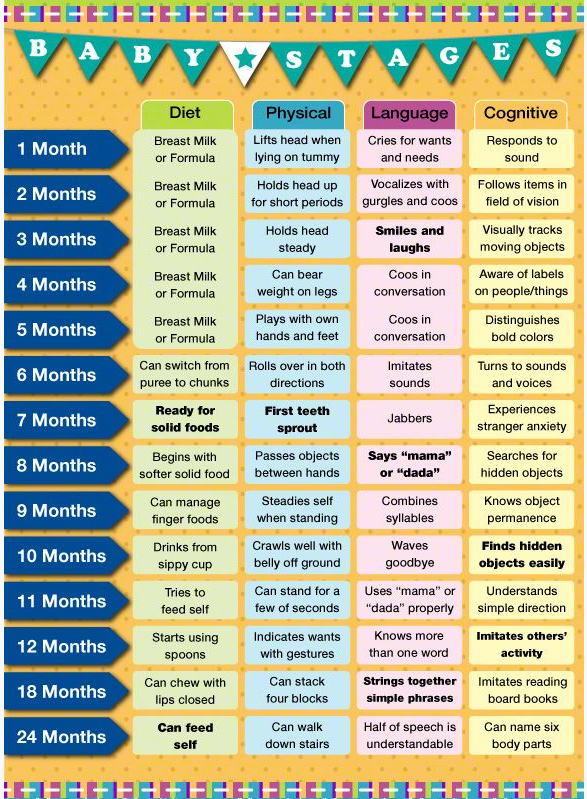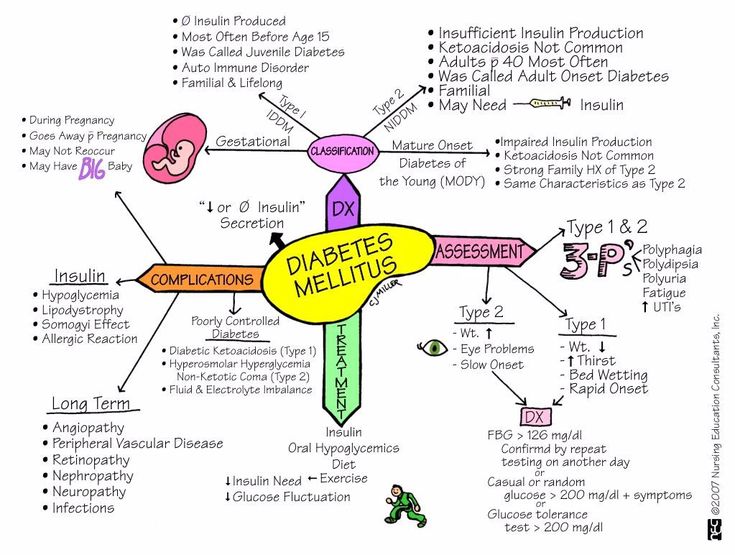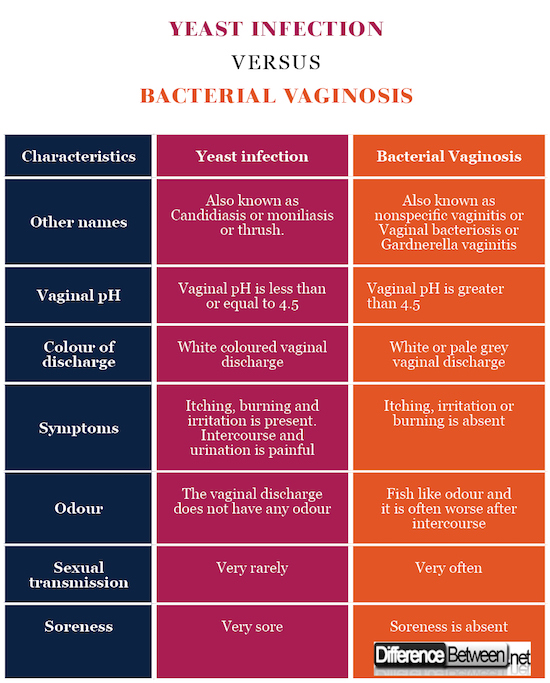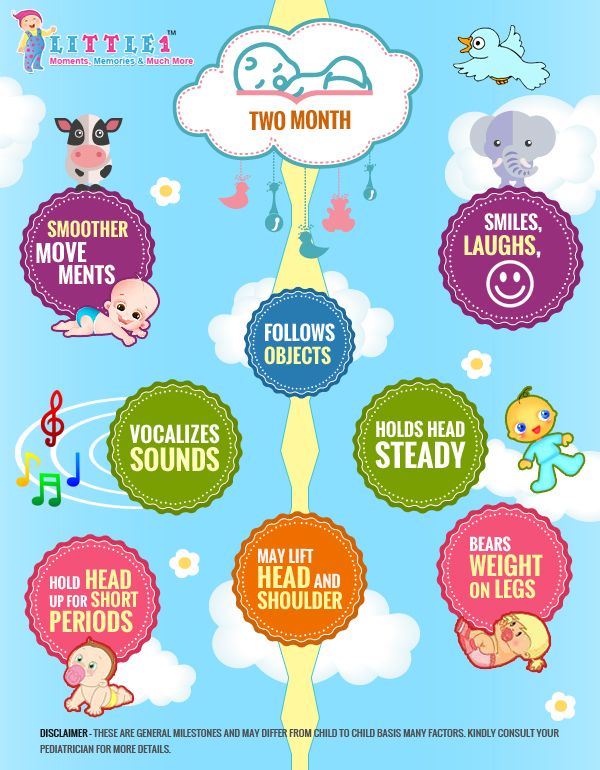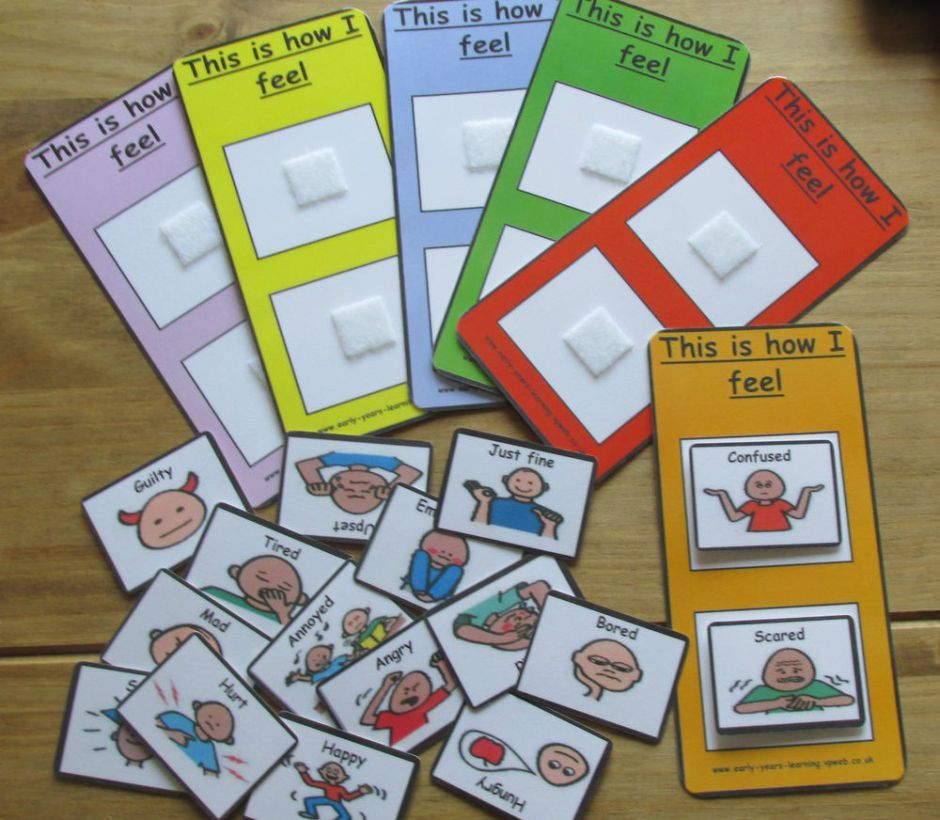Breast and formula feeding combined
How to combine breast and bottle feeding
It can take several weeks for you and your baby to feel happy and confident with breastfeeding.
Once you've both got the hang of it, it's usually possible to offer your baby bottles of expressed milk or formula alongside breastfeeding.
This is sometimes called mixed or combination feeding.
Why combine breast and bottle?
You may want to combine breastfeeding with bottle feeding if you:
- are breastfeeding and want to use a bottle to offer your baby some expressed breast milk
- want to breastfeed for some of your baby's feeds, but give bottles of formula for 1 or more feeds
- are bottle feeding your baby and want to start breastfeeding
- need to leave your baby and want to make sure they have some milk while you're away
Introducing formula feeds can affect the amount of breast milk you produce. There is also a small amount of evidence to show babies may not breastfeed as well because they learn to use a different kind of sucking action at the bottle than at the breast.
These things can make breastfeeding more difficult, especially in the first few weeks when you and your baby are still getting comfortable with breastfeeding.
Your breastmilk supply will usually not be affected if you start bottle feeding your baby when they are a bit older, you are both comfortable with breastfeeding, and you breastfeed every day.
Introducing formula feeds
If you're combining breastfeeding with formula feeds both you and your baby can carry on enjoying the benefits of breastfeeding.
If you choose to introduce infant formula:
- it's best to do it gradually to give your body time to reduce the amount of milk it makes – this helps lower your chance of getting uncomfortable, swollen breasts, or mastitis
- if you're going back to work, start a few weeks beforehand to give both of you time to readjust
- if your baby is 6 months old or more and can drink milk from a cup, you may not need to introduce a bottle at all
For more information, see drinks and cups for babies.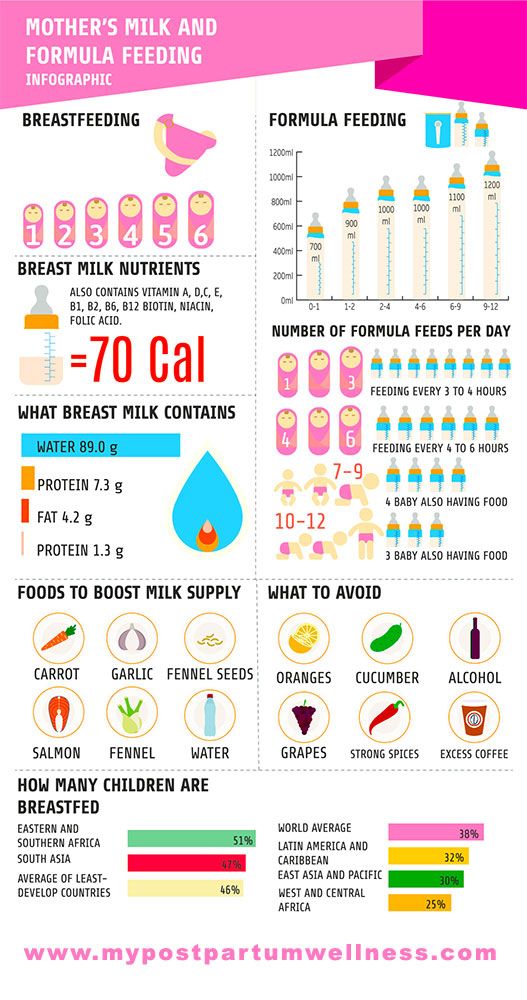
Giving your baby their first bottle
It may take a while for a breastfed baby to get the hang of bottle feeding, because they need to use a different sucking action.
- it usually helps to give the first few bottles when your baby is happy and relaxed – not when they're very hungry
- it may help if someone else gives the first bottle feeds, so that your baby is not near you and smelling your breast milk
- you might want to try using a different position for bottle and breastfeeding
See more advice on how to bottle feed.
Restarting breastfeeding
If you want to start breastfeeding more and give your baby fewer bottles, it's a good idea to ask your midwife, health visitor or breastfeeding supporter for support.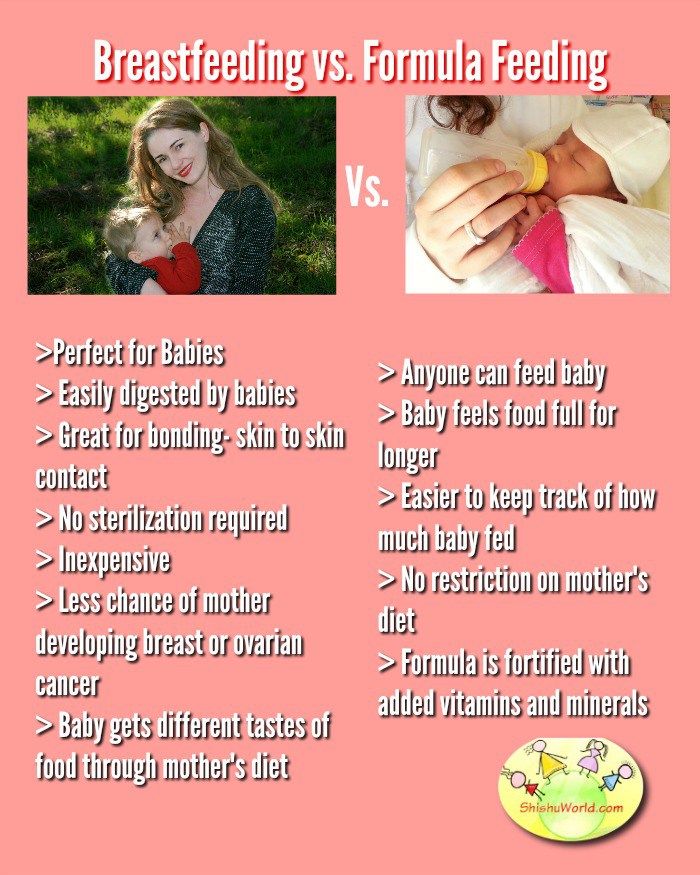
These tips may help too:
- Hold and cuddle your baby as much as possible, ideally skin to skin. This will encourage your body to make milk and your baby to feed.
- Express your breast milk regularly. Expressing releases the hormone prolactin, which stimulates your breasts to make milk. About 8 times a day, including once at night is ideal. It may be easier to express by hand to begin with – your midwife, health visitor or breastfeeding supporter can show you how.
- Try bottlefeeding while holding your baby skin to skin and close to your breasts.
- If your baby is latching on, feed little and often. Do not worry if your baby does not feed for long to begin with. See tips on how to get your baby properly positioned and attached.
- Choose times when your baby is relaxed, alert and not too hungry, and do not force your baby to stay at the breast.
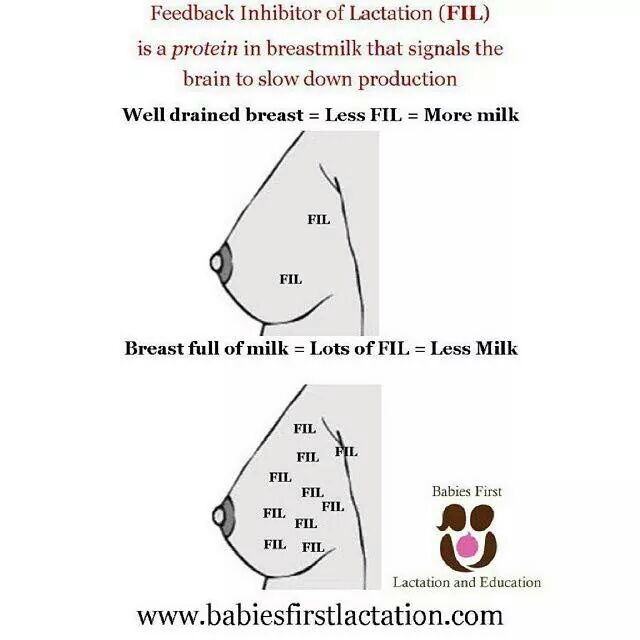
- Decrease the number of bottles gradually, as your milk supply increases.
- Consider using a lactation aid (supplementer). A tiny tube is taped next to your nipple and passes into your baby's mouth so your baby can get milk via the tube as well as from your breast. This helps to support your baby as they get used to attaching to the breast. Your midwife, health visitor or breastfeeding supporter can give you more information.
See more tips on boosting your milk supply.
Help and support with mixed feeding
If you have any questions or concerns about combining breast and bottle feeding:
- talk to your midwife, health visitor or breastfeeding supporter
- call the National Breastfeeding Helpline on 0300 100 0212 (9.30am to 9.30pm, every day)
- find breastfeeding support near you
Video: why combine breast and bottle feeding?
In this video, 3 mothers discuss ways to combine breast and bottle feeding.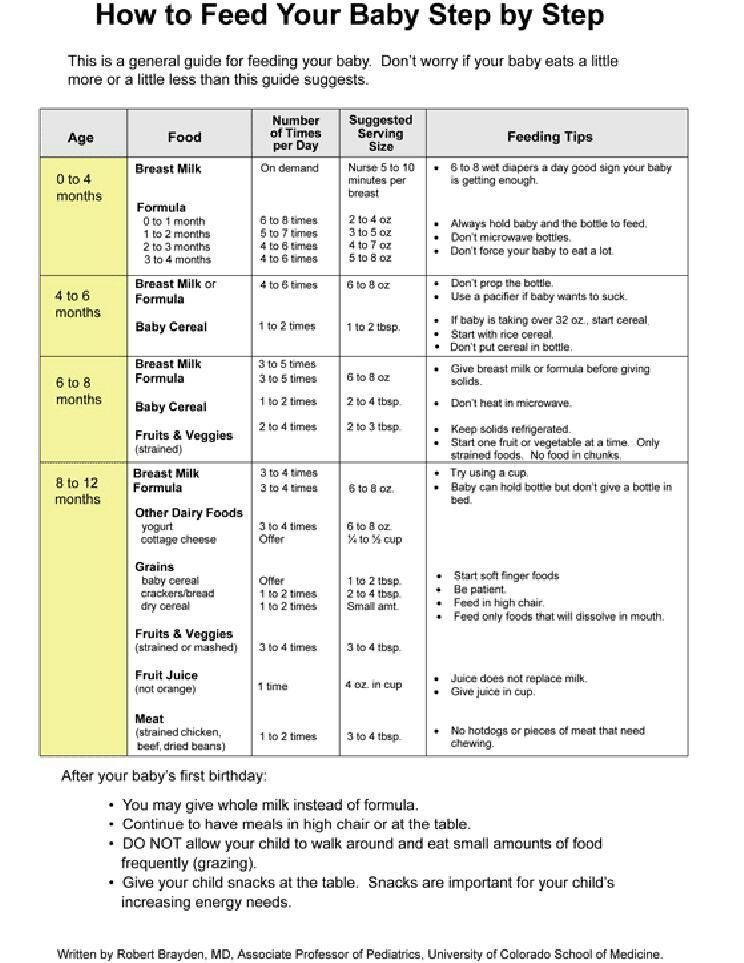
Media last reviewed: 22 March 2020
Media review due: 22 March 2023
Page last reviewed: 8 October 2019
Next review due: 8 October 2022
Mixed feeding: combining breastfeeding and bottle feeding | Baby & toddler, Feeding articles & support
Here we look at mixed feeding your baby, which is combining breastfeeding and bottle feeding
When it comes to feeding their baby, some parents decide to exclusively breastfeed and some to exclusively formula feed. Many families decide to combine breastfeeding and formula feeding; this often called combination feeding or mixed feeding (NHS, 2019).
What is mixed feeding?
Mixed feeding usually means mixing breast and bottle feeding. The content of the bottle can be either breastmilk or formula milk.
Watch our video to find out more about mixed/combination feeding.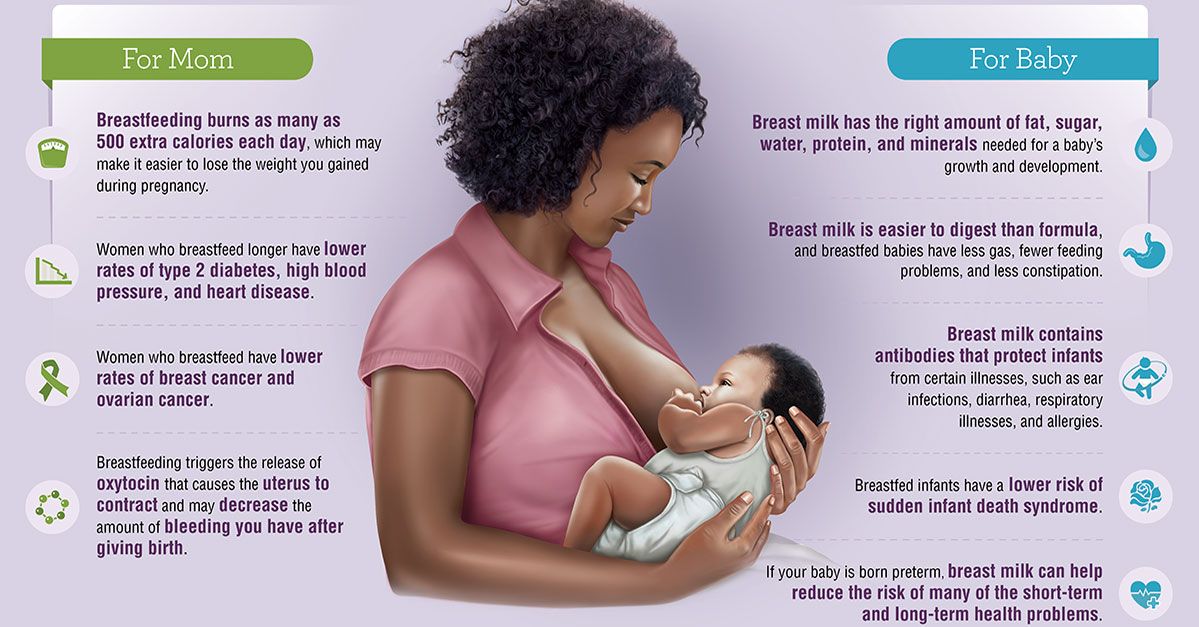
Why do some families combination feed?
You might start mixed feeding for a variety of reasons.
-
If you and your baby have some difficulties getting breastfeeding established or if there are concerns about your baby's weight, you might be advised to give some formula feeds alongside breastfeeding.
-
You might need to leave your baby for periods of time (for example, if you are returning to work).
-
Your partner might want to be involved with feeding.
-
You might be bottle feeding and want to start or resume breastfeeding.
(NHS, 2019)
It can be helpful to talk to a breastfeeding counsellor, a midwife or health visitor about your options and the potential impact on breastfeeding of mixed feeding (see below). You could also call our infant feeding line on 0300 330 0700.
How do I combine bottle feeding and breastfeeding?
Some families choose to express milk and feed it to their babies through a bottle.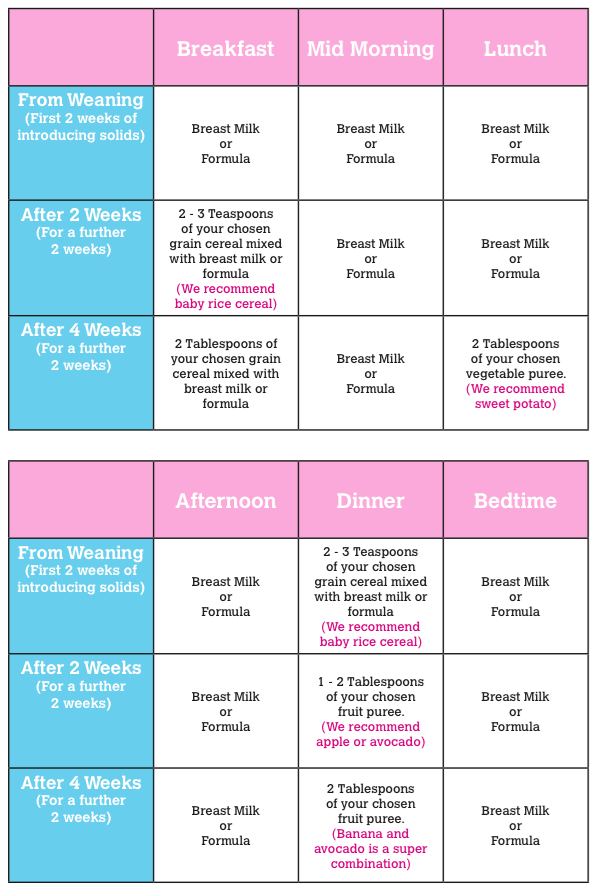 They might do this if someone else would like to feed the baby or if the mum has to be away from their baby for a while.
They might do this if someone else would like to feed the baby or if the mum has to be away from their baby for a while.
Others choose to substitute some breastfeeds for formula. If you want to do this, you and your baby will adjust more easily if you reduce the number of feeds gradually (NHS, 2019).
You can offer formula feeds before, during, after or instead of a breastfeed. Talk to your midwife, health visitor or a breastfeeding counsellor about this, as different options will suit different circumstances. And will also depend on what you wish to achieve ultimately.
There are some cases when formula might be given before a breastfeed (for example, with babies who are not breastfeeding well). In other cases, the formula feed might be given instead of a breastfeed. This might happen if you’re not with your baby and can’t breastfeed or if someone else is sharing the feeding.
Gradually cutting down breastfeeding reduces the chance of your breasts becoming uncomfortably engorged. It will also reduce your risk of developing mastitis (NHS, 2019). It helps to reduce the number of breastfeeds slowly, starting with the one which is convenient for you (NHS, 2020). If you substitute a breastfeed with a formula feed, it may take around five to seven days for the amount of milk your breasts are producing to adjust to missing that one feed (NHS, 2017).
It will also reduce your risk of developing mastitis (NHS, 2019). It helps to reduce the number of breastfeeds slowly, starting with the one which is convenient for you (NHS, 2020). If you substitute a breastfeed with a formula feed, it may take around five to seven days for the amount of milk your breasts are producing to adjust to missing that one feed (NHS, 2017).
If you ‘top up’ with formula during one or more feeds, rather than replacing an entire feed, this is likely to extend the gap between breastfeeds. It will also signal to your breasts to make less milk (NHS, 2020).
On the other hand, if you've been advised to ‘top up’ as a temporary measure and want to return to exclusive breastfeeding, it is important to express milk between feeds to prevent a decrease in the amount of milk you make (NICE, 2017). Try and feed your baby any available breastmilk before each formula feed.
What effect will combining breastfeeding and formula feeding have?
Your baby will enjoy the benefits of breastmilk, even if you’re not exclusively breastfeeding.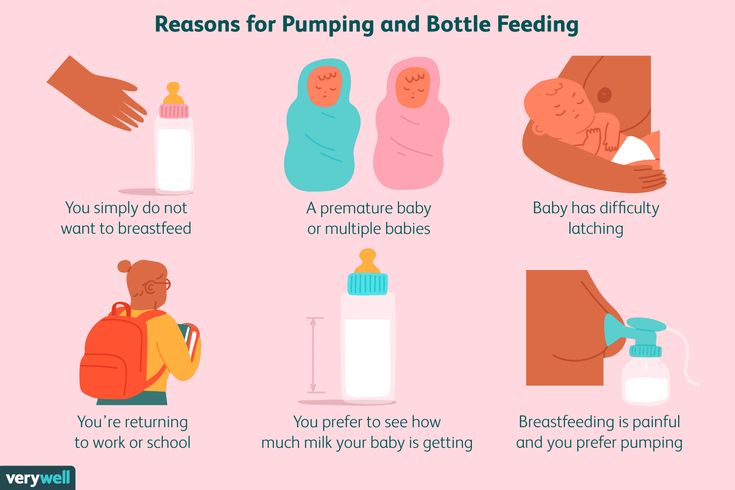 For instance, they will still gain some of the antibodies that will protect them against infection (NHS, 2019).
For instance, they will still gain some of the antibodies that will protect them against infection (NHS, 2019).
If you want to feed your baby with both breastmilk and formula milk, it is recommended to wait until feeding is firmly established before introducing a bottle (NHS, 2019). This can take up to a month (La Leche League, 2019).
It's best to wait until breastfeeding is established because breastmilk supply is generally driven by frequent, effective removal of milk from the breasts. Giving your baby formula reduces your milk supply, which is particularly important when you are both getting used to breastfeeding. If your baby breastfeeds less often, your breasts produce less milk (Daly and Hartmann, 1995).
You might have heard that babies can get ‘nipple confusion’ but there is no evidence that this exists (Kotowski et al, 2020).
How many breastfeeds does an older combination-fed baby need?
Older babies, beyond the newborn stage, can maintain your breastmilk supply alongside formula feeding as long as you breastfeed several times a day. Much older babies – from eight or nine months – can breastfeed just a handful of times a day, and there is still a supply.
Much older babies – from eight or nine months – can breastfeed just a handful of times a day, and there is still a supply.
Very well-established breastfeeding, with a baby who is one year or older, can continue with as few as one or two feeds in 24 hours.
If your baby is over six months they can use a beaker or cup rather than a bottle (NHS, 2020).
Tips to introduce a bottle to a breastfed baby
You might find your baby does not want to take a bottle at first. The different sensations may confuse them and they don’t know the bottle contains food. But there are lots of different things you can try to help your baby:
- Offer a bottle when your baby is relaxed and happy, rather than very hungry.
-
Maybe ask someone else to offer a bottle so they can't smell their mother’s milk.
-
Try softening the teat with warm, boiled water.
-
Hold your baby in a different position from their usual breastfeeding one. It might help your baby get used to the new way of feeding.
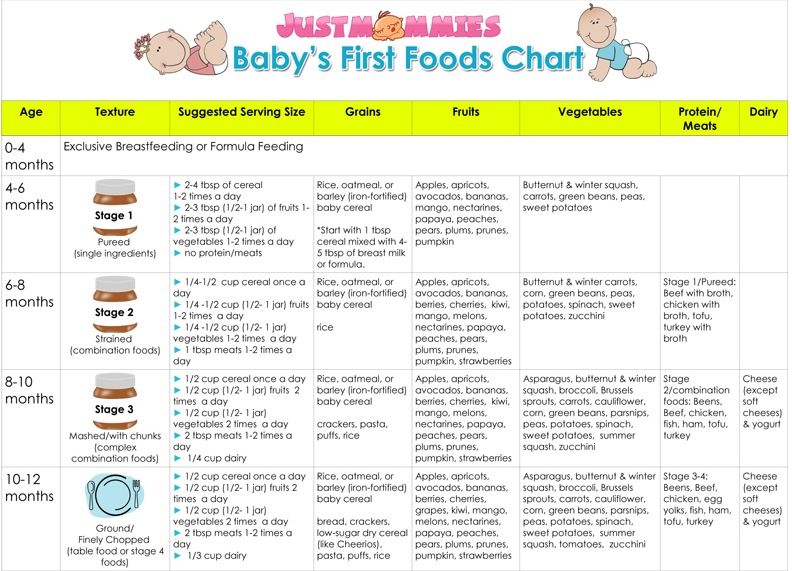
-
Try a different bottle or teat, this might make a difference.
(La Leche League, 2019)
Unicef (2016) recommend feeding responsively, which means following your baby’s cues, whether breastfeeding or bottle feeding. They also recommend using paced bottle feeding. The way a baby is fed with the bottle can affect their comfort, their control of the amount of milk they drink, and the transition between breast and bottle (Kotowski et al, 2020).
Tips for paced bottle feeding
-
Hold your baby upright, close to your body. (If your baby is lying back, they are less able to control how much milk they swallow, so they can overfeed.)
-
Touch the teat against the baby’s top lip to encourage them to pull it into their mouth.
-
Hold the bottle horizontal, so that when the baby is actively sucking, they get milk and when the baby is pausing, they don’t get milk.
-
Give the baby several breaks by removing the bottle from their mouth.
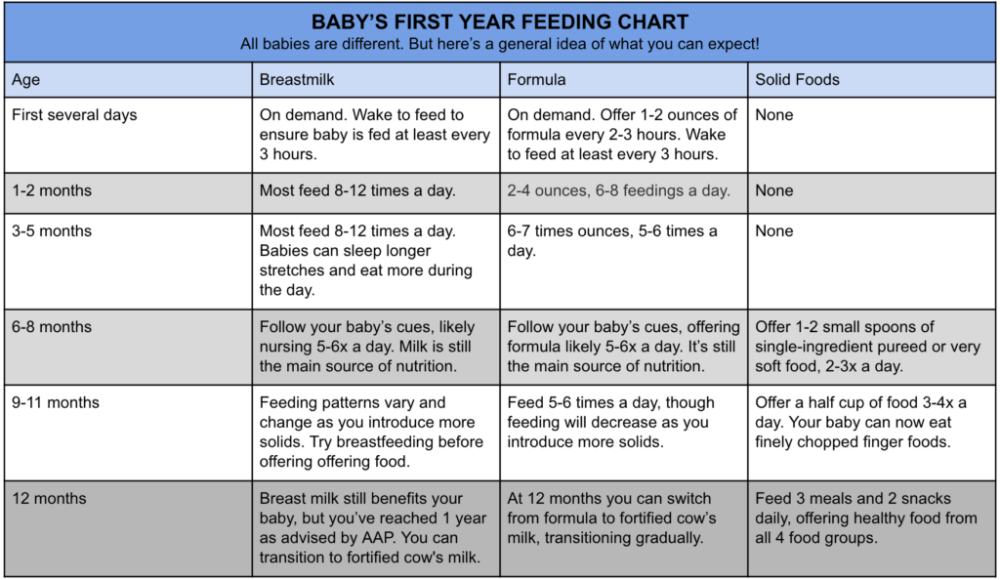
-
Watch what the baby is doing, rather than how much milk they have drunk. End the feed when the baby is no longer drinking.
(UNICEF, 2016; La Leche League, 2019)
This all helps to build a close, loving relationship, a responsive feeding relationship, and avoids overfeeding your baby.
Where can I go for breastfeeding support?
If you have questions, concerns or need support, you can speak to one of our breastfeeding counsellors by calling our infant feeding line on 0300 330 0700, whether you are exclusively breastfeeding or using formula milk. Breastfeeding counsellors have had extensive training, will listen without judging or criticising and will offer relevant information and suggestions.
Further information
Healthtalkonline.org has a comprehensive library of face-to-face interviews where parents share their experiences about breastfeeding, birth, parenting and many other issues.
Best Beginnings has video clips from the 'Bump to Breastfeeding' DVD.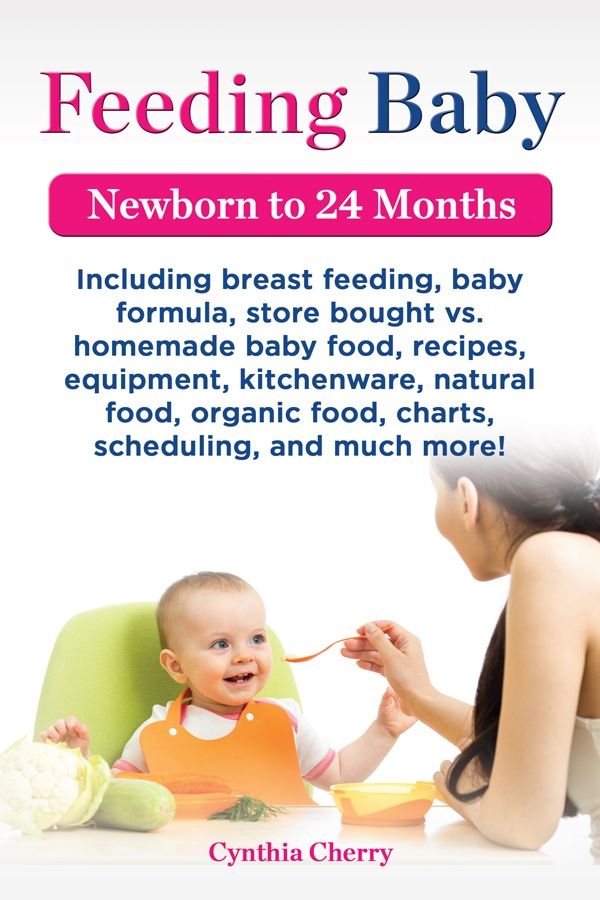
UNICEF have produced a summary guide for parents on how to responsively bottle feed babies.
Mixed infant feeding: how to start and introduce | Scheme and diet, menu for mixed feeding
Co-author, editor and medical expert - Klimovich Elina Valerievna.
Number of views: 71 278
Date last updated: 11/24/2022
Average read time: 4 minutes
, which means switching to mixed feeding. It is recommended to make a decision on the transfer of a newborn to mixed feeding together with a pediatrician who will help you choose the right mixture.
Contents:
When do mothers switch to mixed feeding?
How to organize mixed feeding?
When do mothers switch to mixed feeding?
1. Lack of own milk
In some cases, even if the mother puts the baby to the breast on demand, the child may still remain hungry and gain weight poorly.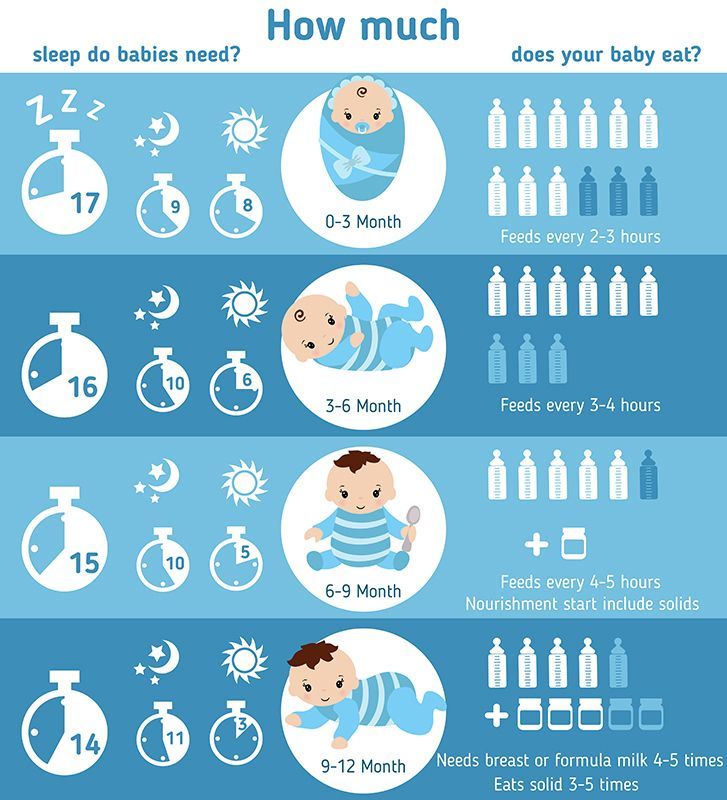 This is often evidenced by loud crying after eating. In this case, experts speak of hypolactia, when milk production is reduced due to a hormonal disorder.
This is often evidenced by loud crying after eating. In this case, experts speak of hypolactia, when milk production is reduced due to a hormonal disorder.
The “wet diaper” method will help to make sure that the baby really does not have enough milk. Do not put "diapers" on your baby and count the number of his urination in one day. From two weeks of age to six months, the result is evaluated as follows: if you counted 12 or more wet diapers, then you have nothing to worry about, 8–10 wet diapers indicate that lactation has decreased, 6 or less - the child does not have enough milk, and urgent action should be taken.
Tip! Today there are many ways to increase lactation, but if they do not help, you should consult a pediatrician who will choose the right formula for supplementary feeding.
2. Lack of calories
Some mothers think that their milk is not nutritious enough. Most often, they come to such conclusions by expressing clear milk with a bluish tinge. But it cannot be nonnutritive or nutritious. Milk is “rear”, saturated white, thicker and fatter (for a child, this is “food”), and “front”, liquid with a bluish tint (“drink”).
But it cannot be nonnutritive or nutritious. Milk is “rear”, saturated white, thicker and fatter (for a child, this is “food”), and “front”, liquid with a bluish tint (“drink”).
Tip! If the amount of urination is normal, but the baby is not gaining weight, then you need to think about whether your baby is getting "hind" milk. To do this, offer him only 1 breast during 1 feeding.
3. Coming to work
Some mothers have to reduce the number of feedings after going to work. And their first impulse is to switch to mixed feeding. But you should always remember that the best food for a child is mother's milk. If you want to go to work, try to prepare for this in advance. Make a "strategic stock" of breast milk in the freezer so your baby always has food, even when you're not around.
Tip! If you plan to go to work when your baby has started to receive complementary foods, then try to organize meals so that complementary foods are given to him in your absence.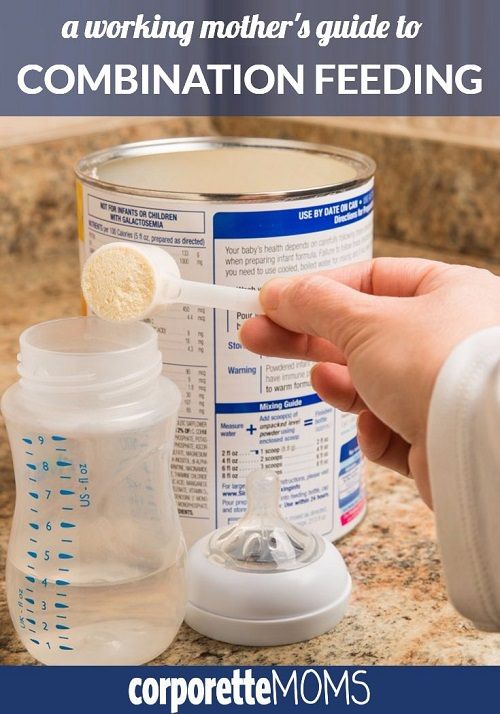 So you will have the opportunity to reduce the amount of formula or defrosted in his diet
So you will have the opportunity to reduce the amount of formula or defrosted in his diet
Up to the content
How to organize mixed feeding?
Mixed nutrition has its own characteristics, which are very important for a nursing mother to know.
Basic rules for mixed feeding:
- The timing of the introduction of complementary foods depends on the amount of breast milk the baby receives. If it is 50-70%, then it is administered as with breastfeeding (at 6 months). If less than 50% of breast milk is present in the baby's diet, then complementary foods can be introduced at the age of 5 months.
- Always offer the breast first. Only if you see that the baby is not full, and the breasts are empty, then give him a mixture. It also helps increase lactation. The mixture should be introduced gradually. On the first day - 10 ml / 1 time, the second - 10 ml / 3 times, the third - 20 ml / 3 times. Increase the portion, bringing it to the norm.
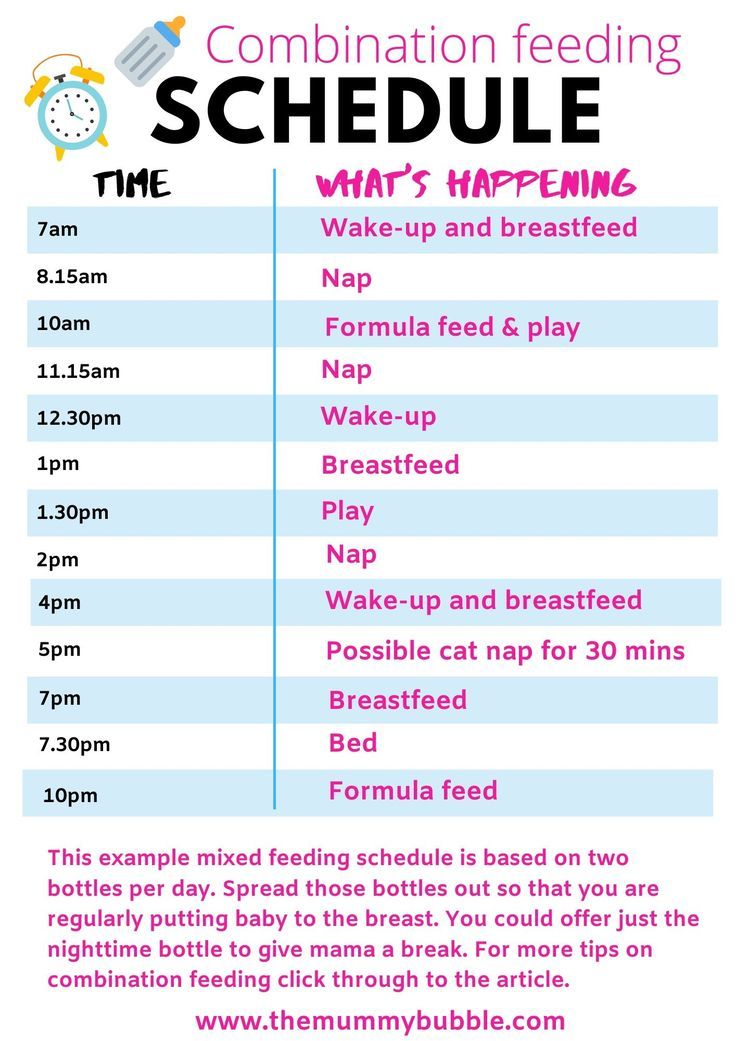
- Only the breast should be given at night and formula should be avoided. This is due to the fact that from 3 to 8 am, prolactin is actively produced, which is responsible for lactation.
- Feed according to schedule (every 3-4 hours) and breastfeed on demand.
- Keep water boiled and utensils and formula sterile. You need to cook right before eating.
- Use a spoon instead of a bottle for complementary foods. Then you can avoid breast rejection.
- Remember that mixed-fed babies should be given water, as dehydration can lead to poor digestion.
Follow these simple rules and try to keep your baby breastfed for as long as possible. Your milk, even though it's not your baby's only food, contains invaluable trace minerals that will keep your baby healthy and strong.
Back to Contents
The information in this article is for reference only and does not replace professional medical advice. For diagnosis and treatment, contact a qualified specialist.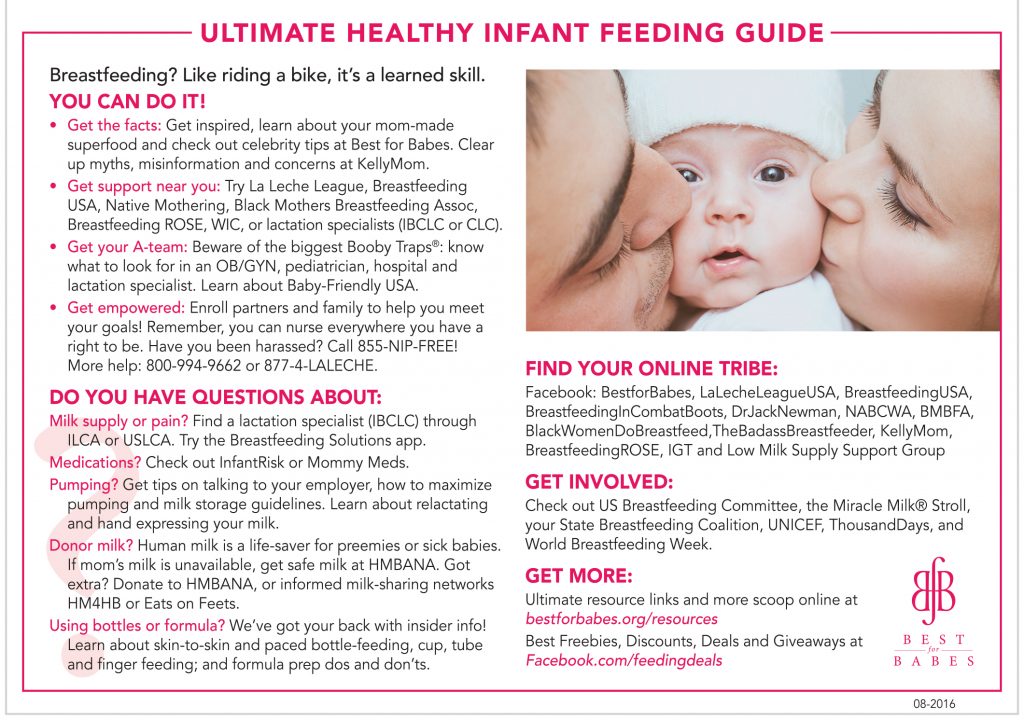
What is mixed, artificial and natural feeding
Reviewer Kovtun Tatiana Anatolievna
16305 views
September 27, 2021
Login or register to save articles and products to your favorites
Feeding is the process of feeding a newborn. All babies need special nutrition: in the first years of life, active growth occurs, immunity is laid. Therefore, it is important that the child's body receives the right amount of fluid, minerals, vitamins and other nutrients.
In the first months of life, the child receives breast milk or infant formula. Depending on which of these dairy products prevails in the child's diet, there are natural, mixed and artificial feeding.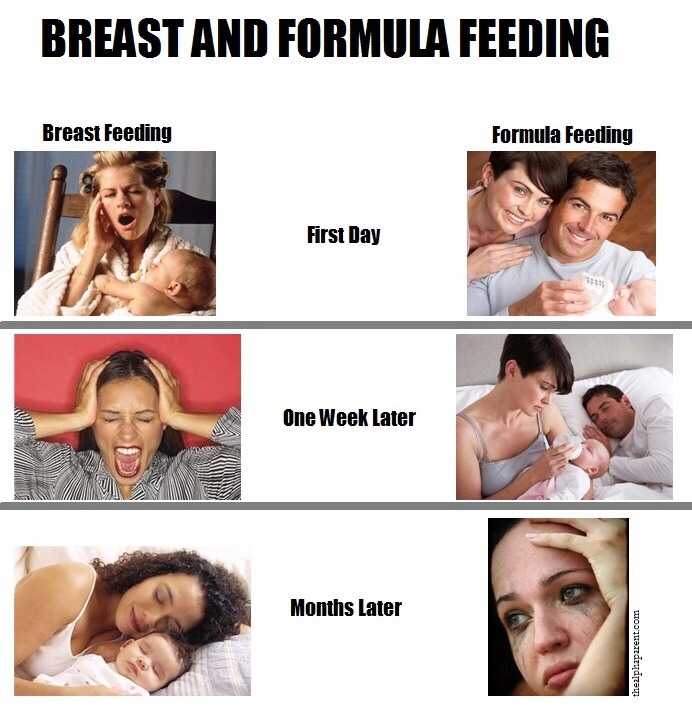 What is behind each?
What is behind each?
Breastfeeding
The answer is hidden in the name itself: the baby eats breast milk. Experts are unanimous in their opinion: breast milk is the best food for a baby, and it is imperative to keep it at least up to 12 months. Breast milk contains a huge amount of nutrients and nutrients necessary for a child. In addition, each woman's breast milk is unique and fits - like a key to a lock - just for her child.
There are several types of breastfeeding:
- when the mother breastfeeds the child herself;
- the child is fed with mother's expressed breast milk from a bottle or other device;
- when the baby receives donor breast milk according to indications and only after consulting a doctor.
How to breastfeed
Although breastfeeding is a natural process, it needs to be "tuned in". In the first half hour after birth, the baby is applied to the chest, where he will drink only 3-5 milliliters of colostrum - a concentrated secret of the mammary glands, which is produced from the end of pregnancy and in the first days after childbirth.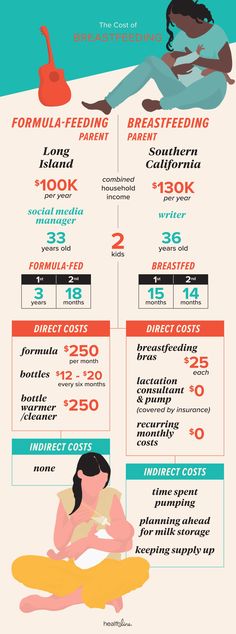 Colostrum is rich enough in nutrients, immune and other beneficial factors to meet the needs of a newborn baby.
Colostrum is rich enough in nutrients, immune and other beneficial factors to meet the needs of a newborn baby.
In the next few days, the baby will eat colostrum, and only by the end of the first week after birth, the mother will have transitional, and then mature milk, which will become the basis of the diet of a newborn baby and a baby in the first months of life.
At first, it will be better to stick to free feeding, putting the baby to the breast on demand, about every 2-3 hours during the day and every 3-4 hours at night. The method of attachment to the breast, the features of the breastfeeding technique should be discussed with the pediatrician.
On the recommendation of the pediatrician who observes the baby, between 4 and 6 months of the child's life, complementary foods begin to be introduced against the background of breastfeeding. Complementary foods are all products, except for women's milk and infant formula, that supplement the diet with the nutrients necessary to ensure the further growth and development of the child.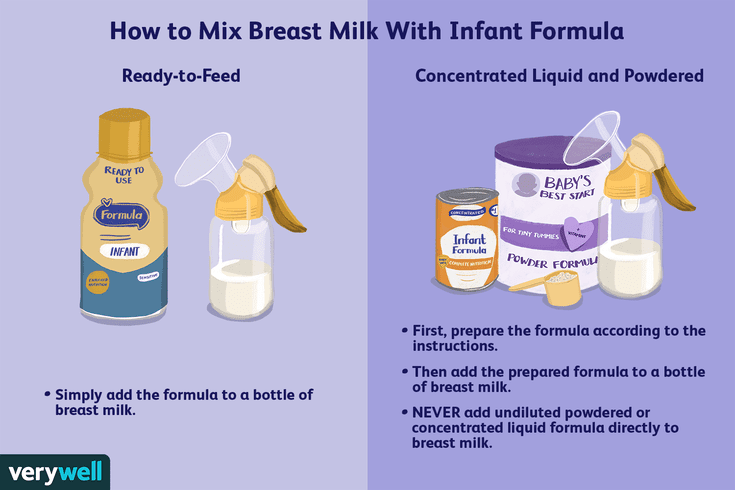
Your paediatrician will determine the timing, schedule, and first foods for your baby's complementary foods. FrutoNyanya baby food has a special line of products that is suitable for the first complementary foods. It's called FIRST CHOICE.
Artificial feeding
Artificial feeding, or feeding, is the feeding of a child only with infant milk mixtures. Here, the pediatrician determines the indications for the transition to artificial feeding and selects the appropriate mixture for the child. There are many types of infant milk formulas: a formula-fed child can use a mixture for healthy babies, as well as a specialized or therapeutic formula if he has any health problems.
Infant formula
Mixed feeding is the feeding of a child with breast milk, including mother's expressed or donor milk, in any combination with an adapted milk formula. How to organize mixed feeding, the pediatrician will tell you. This is usually done on demand.